TWIN PEAKS Explained: Owls, Coffee, and Cherry Pie
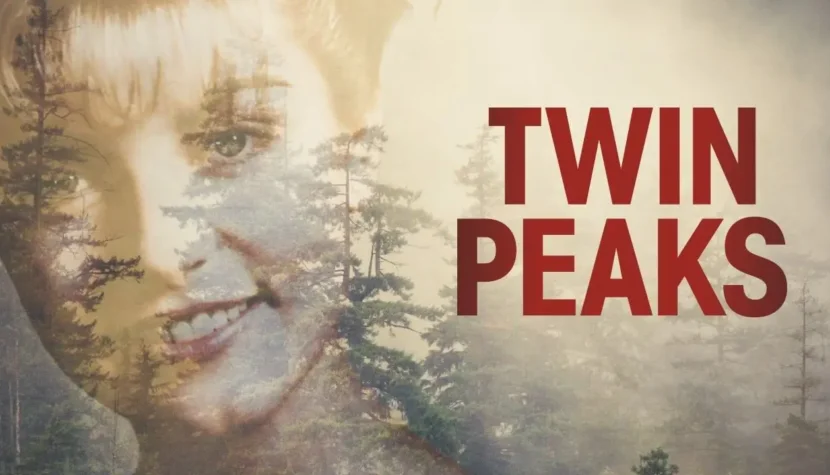
She Is Dead, Wrapped In Plastic
The creation of Twin Peaks, which in its early development was titled The Northwest Passage, was shaped by many of Lynch and Frost’s previous experiences. It’s impossible to ignore the elements that connect the series to their earlier joint projects. Venus Descending, the story about the last days of Marilyn Monroe, closely mirrors the story of Laura Palmer. The evil forces intruding into the known world from places that should never have been discovered by humans evoke The Lemurians. The detective storyline is also linked to that project. The absurd humor at the core of One Saliva Bubble is reflected in the eccentric behavior of various characters and the fetishization of seemingly trivial activities (the famous cherry pie and coffee, the recurring motif of donuts devoured by law enforcement).
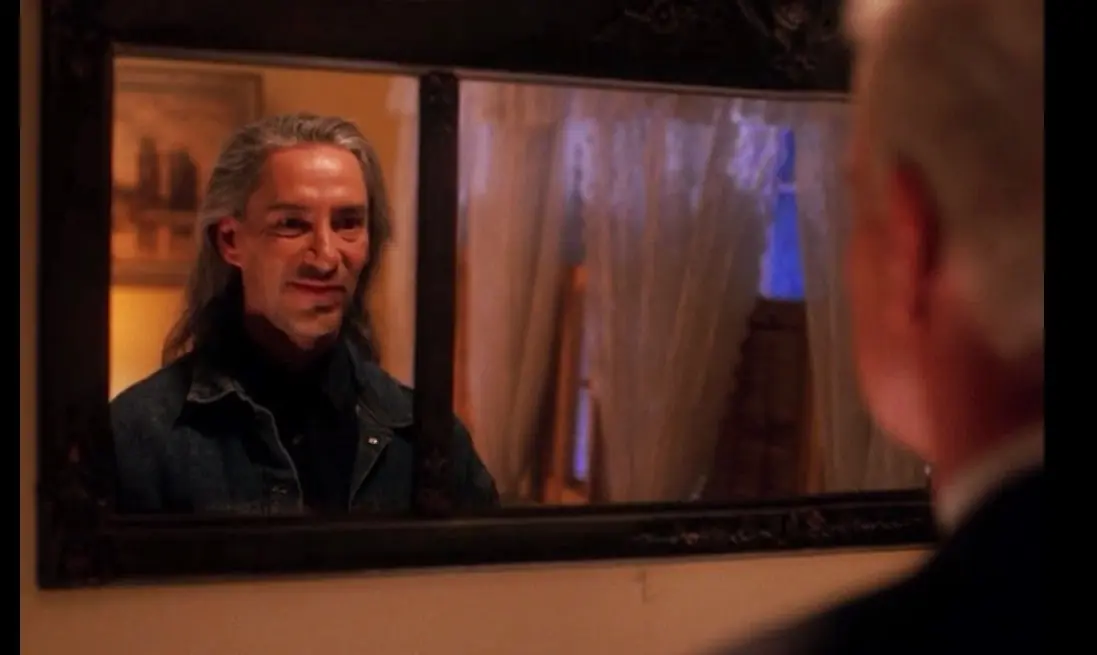
Twin Peaks also reflects influences that go beyond the creators’ joint work. Dale Cooper himself has something in common with Perry Mason, the title character of a series Lynch watched as a child. In the show, which aired in the late 1950s and 1960s, Mason was a lawyer and detective who solved cases without using weapons, relying solely on the power of deduction and keen insight. In Lynch’s imagination, Mason’s image was naturally distorted, resulting in one of the most iconic characters in television history. The structure of the town of Twin Peaks was also reportedly influenced by a joint viewing of Peyton Place by Lynch, Frost, and Krantz. They rented a screening room in Beverly Hills to watch Mark Robson’s film, which told the story of a small town dominated by a looming mill, reflecting the surreal and somewhat melodramatic atmosphere of Lynch and Frost’s series. What’s more, there are significant similarities between characters in Peyton Place and Twin Peaks.
Some of the characters inhabiting the town visited by Agent Cooper are references to figures from earlier stages of the creators’ work. The Man From Another Place has much in common with Ronnie Rocket, the character around whom Lynch’s never-made film was supposed to revolve. The One-Armed Man, Mike, is a tribute to the series The Fugitive, starring David Janssen. The killer pursued by a doctor wrongfully accused of murder, like Mike, was missing a limb.
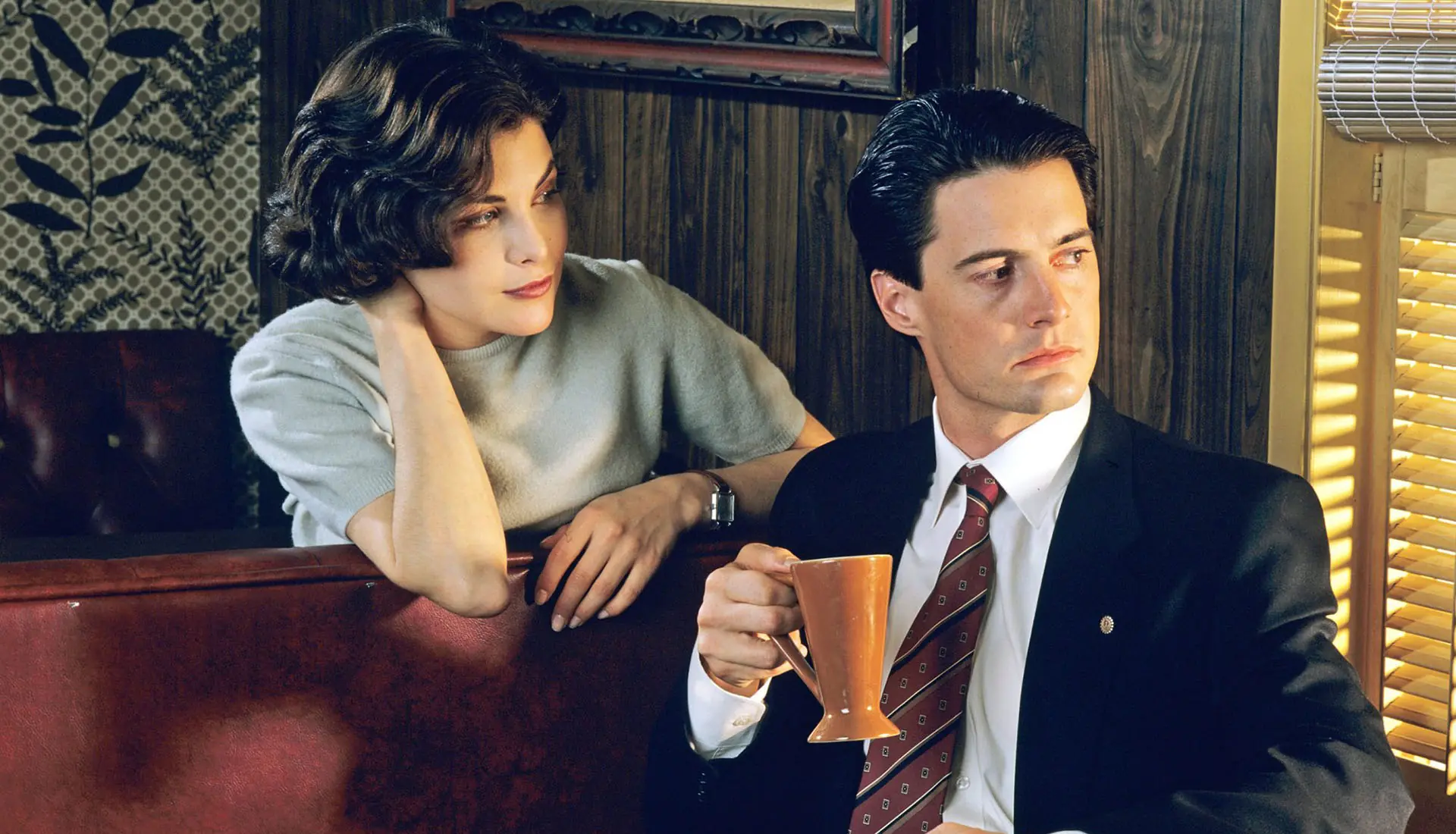
However, from the idea at Du-par’s to the realization of the series, the Snoqualmie Falls—one of the most recognizable sights of Twin Peaks—had carried tens, if not hundreds, of thousands of gallons of crystal-clear water. The first meeting at ABC’s offices took place about three months after the conversation about the dead girl washed ashore. Lynch and Frost entered the meeting with Chad Hoffman, the head of drama series, armed only with that idea and a brief outline of how the story might develop. Initially, the murder of Laura and the investigation to find her killer were the central focus of the series. Over time, however, the idea evolved, largely thanks to Mark Frost, who was responsible for developing most of the characters. The show expanded to focus on the many residents and their issues, which were exposed by the disruption of their monotonous lives caused by Laura’s death. Despite the limited information, Chad Hoffman commissioned a script for the pilot. This decision may have been influenced by the Writers Guild of America strike, which severely disrupted the lives of TV and film producers for much of 1988. In such circumstances, an intriguing idea and two determined creators eager to bring it to television were worth their weight in gold.
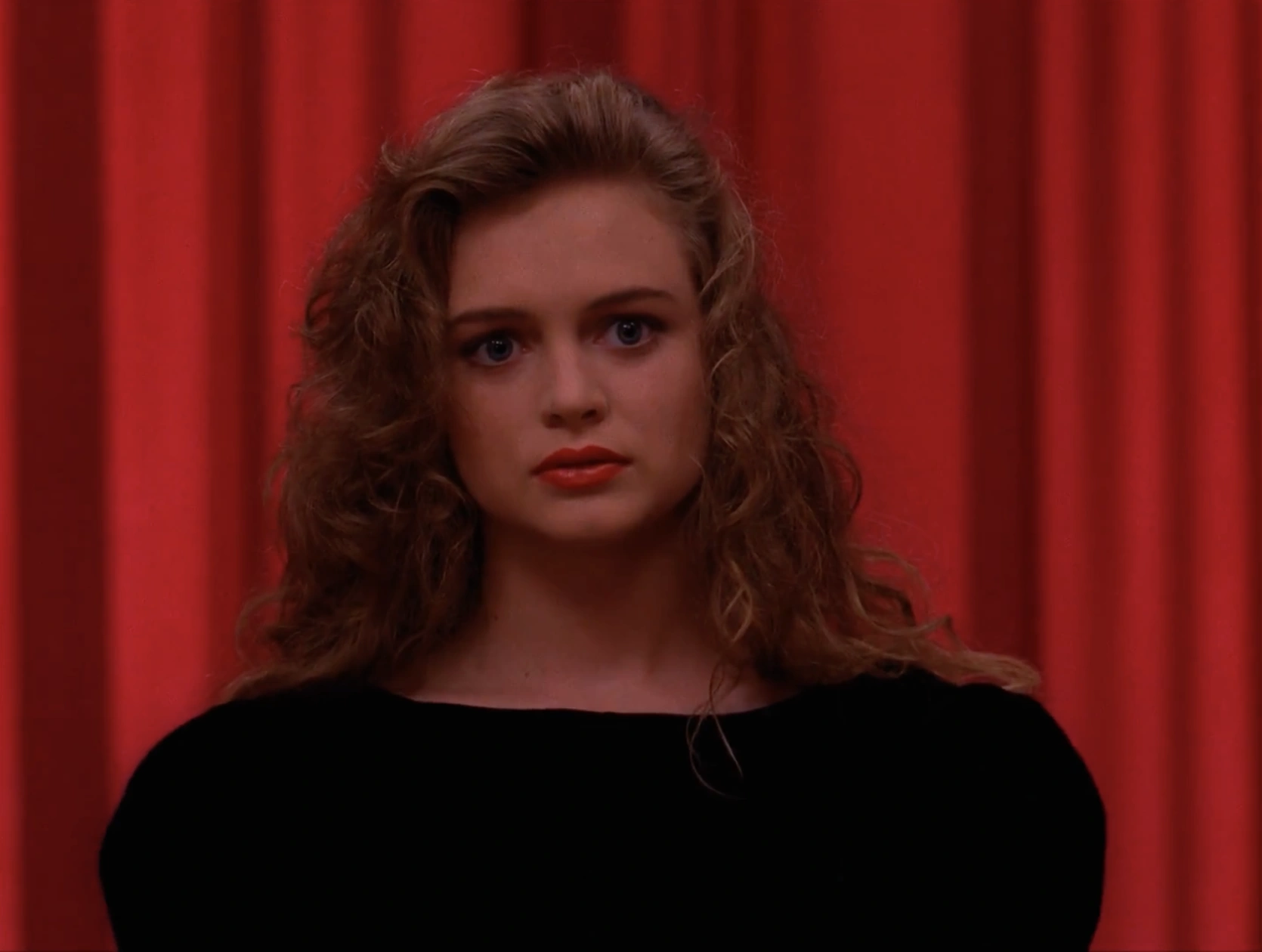
From the meeting with Hoffman, things moved quickly. Lynch and Frost carefully discussed the direction of their project, and within nine days, they completed the script for a pilot episode as long as a feature film. They took the finished script back to ABC, where Brandon Stoddard, head of entertainment, ordered a two-hour pilot for the series, which could potentially air by the end of 1989. Additionally, the creators agreed to shoot two versions of the premiere episode—one for the U.S. market and another for international audiences. The latter would not only be longer but would also have to resemble a closed story more than the American version. This was reportedly a precaution to safeguard the network from losing money in case the pilot turned out to be the first and last episode. If that happened, what would have gone to the world wouldn’t be a TV series, but rather a film made by David Lynch for ABC, ensuring the studio recouped its investment. The debut of Twin Peaks was ultimately allocated just over four million dollars.
The completed pilot was, of course, returned to the studio, where it received a positive reception from Robert Iger, who convinced the decision-makers to present it to focus groups consisting of younger, more open-minded viewers. Their positive reaction ultimately led the network to order seven additional episodes and declare that if the first season proved successful, more episodes would be commissioned. Twin Peaks was set to air on American television in the spring of 1990.
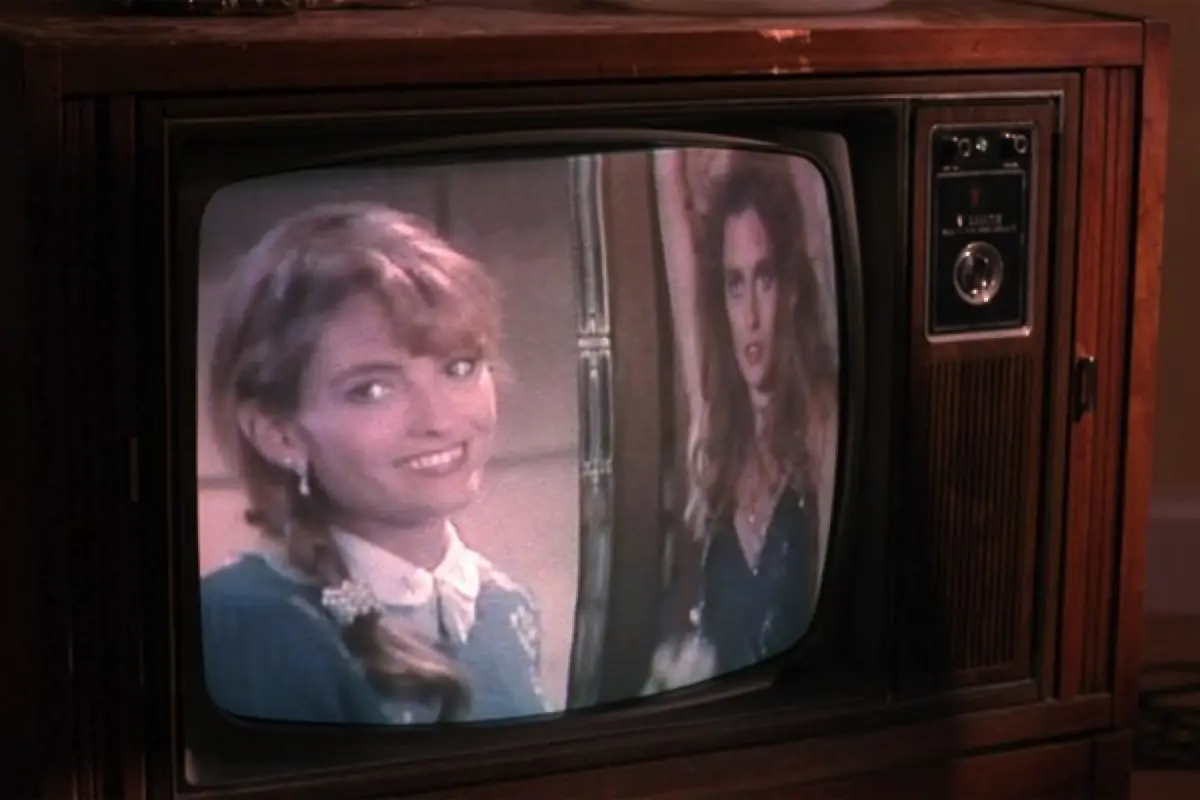
A lot of work was still done during the production of the pilot episode. From the beginning, Lynch and Frost agreed that part of the filming should take place in northern Washington state. They chose the small town of Snoqualmie, located less than 200 kilometers from where Kyle MacLachlan, the actor playing Agent Cooper, was born and raised. By chance, the crew also found an old and worn-out sawmill that was scheduled for modernization after filming, to update it for modern wood processing. Lynch recalls that the highest-paid person working among the tons of felled trees was a strange-looking woman who would approach the drying logs and tap them with a stick. A brief inspection supposedly allowed her to determine the best use for each tree. The Log Lady would have surely found a kindred spirit in her.
Most of the interiors in the series were built in film studios in Los Angeles, but that doesn’t mean that Washington’s forests and coastlines didn’t challenge the film crew. Lynch recalls that during the filming of the pilot, it was so cold that he decided to visit a specialty mountaineering clothing store. The salesperson offered him pants that, according to his assurances, would keep him warm even during a Mount Everest climb. Although the outfit was so expensive that Lynch was offered a payment plan, it turned out that during the nighttime shoots, even these high-altitude pants didn’t quite do the job. This makes Sheryl Lee’s (Laura Palmer) heroic performance even more admirable—almost naked and covered in gray dye, she allowed herself to be repeatedly wrapped in plastic and laid on the cold gravel by the icy water.
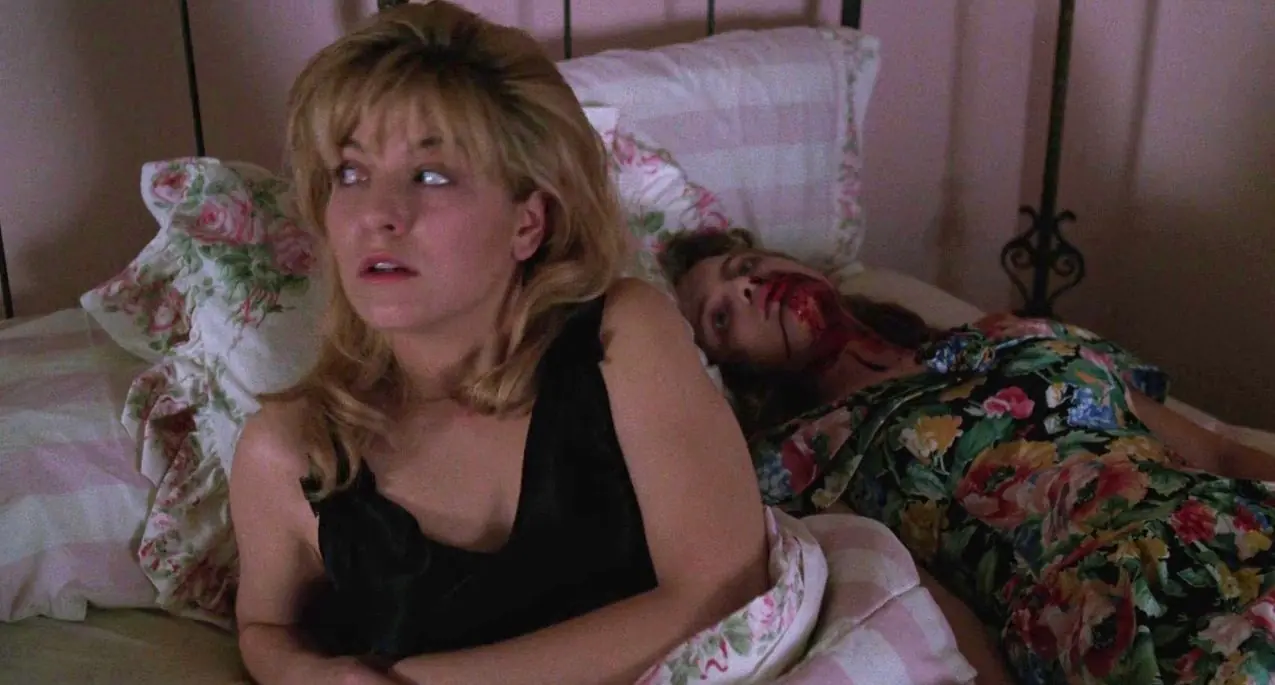
And speaking of Sheryl Lee, it’s worth mentioning how Frost and Lynch assembled the rest of the cast. After the success of Blue Velvet, casting Kyle MacLachlan for the project was a mere formality. From the start, Lynch said what he continues to say to this day—Kyle was simply born for the role.
Additionally, the role of Cooper is, in a sense, a development of Jeffrey Beaumont from Blue Velvet, a character who, with youthful naivety, tried to track down the owner of a severed ear. However, many more members of Lynch’s film family appeared in the series. The privilege of discovering Laura’s body and uttering the famous line “She is dead, wrapped in plastic” went to Jack Nance. The role of the Log Lady was played by Catherine Coulson, Nance’s ex-wife and a longtime friend of Lynch. Everett McGill, who played Ed Hurley, had been introduced to Lynch on the set of Dune. The directing team included Caleb Deschanel, Tim Hunter (school friends), Diane Keaton (an acquaintance), and Tina Rathborne (director of Zelly and Me). Among the editors was Mary Sweeney, one of Lynch’s most loyal friends and future wife, while Angelo Badalamenti composed the music, becoming a near-permanent fixture in Lynch’s world since Blue Velvet.
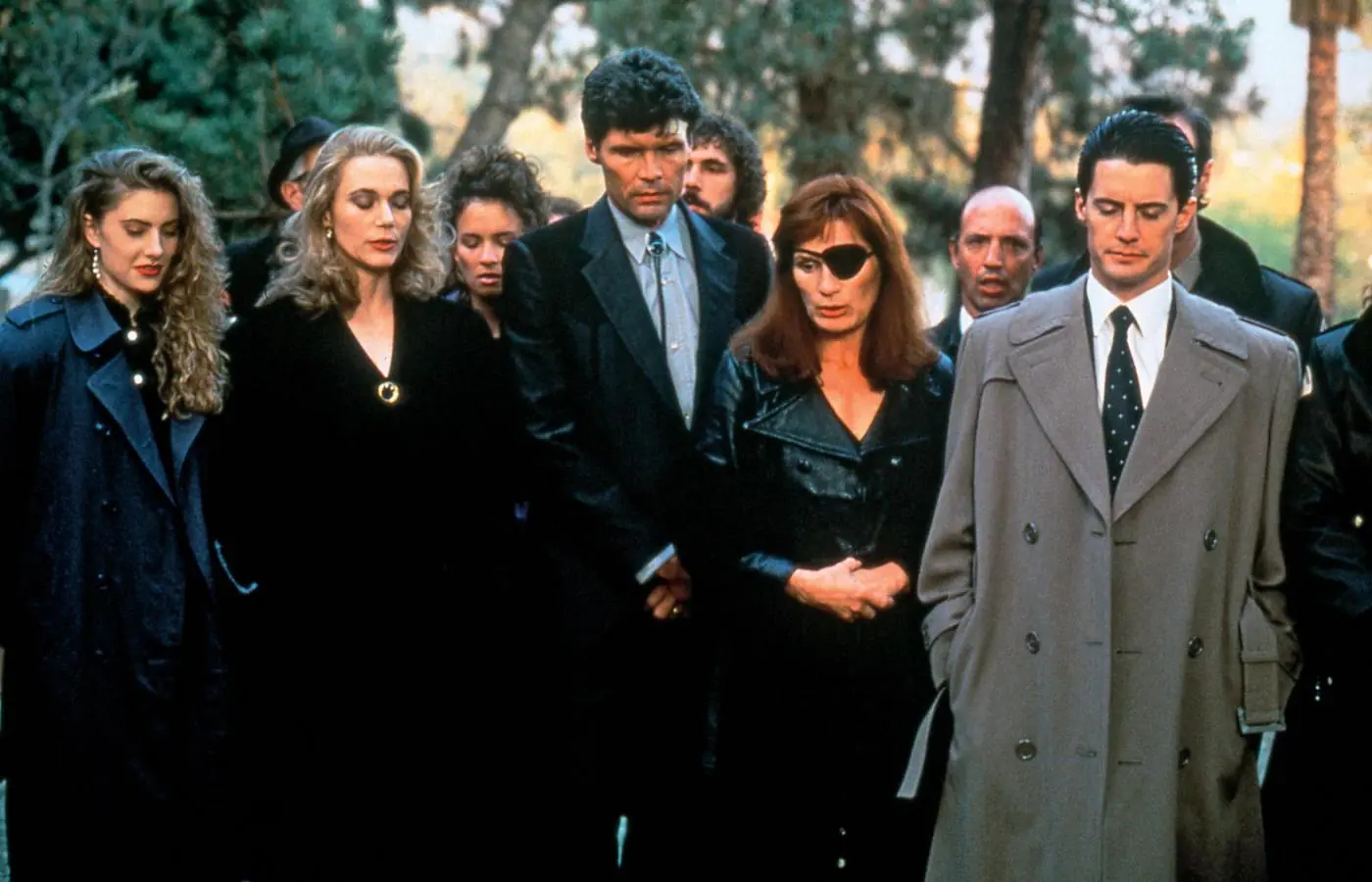
Other characters were cast through auditions or through the kind of happenstance typical of Lynch’s projects. For instance, Harry Goaz, who played Officer Andy Brennan, met Lynch in a taxi before a Roy Orbison concert. It wouldn’t be remarkable, except for the fact that Goaz was driving the taxi. After a brief conversation, Lynch told him to contact his casting coordinator as soon as he got home. Frank Silva, beloved by fans for his role as the demonic Bob, initially worked on the set as a part of the scenic crew. As fate would have it, he accidentally appeared in the frame during a scene shot at the Palmer house, and Lynch felt he was a perfect fit for this world, thus creating the character of Bob. Michael J. Anderson got his role in a similar way. While editing the second version of the pilot’s ending, Lynch left CFI studios in Los Angeles and approached his car. It was a scorching day. When he touched the hot metal of his car, a vision of a wildly red room and a small man speaking backward appeared to him. Since Lynch had met Anderson when planning Ronnie Rocket, the character from the Red Room quickly took shape with the features we know from the most mysterious scenes of the series. It’s easy to see that Agent Cooper has much in common with Lynch himself. Both often let intuition and wild visions overpower reason.
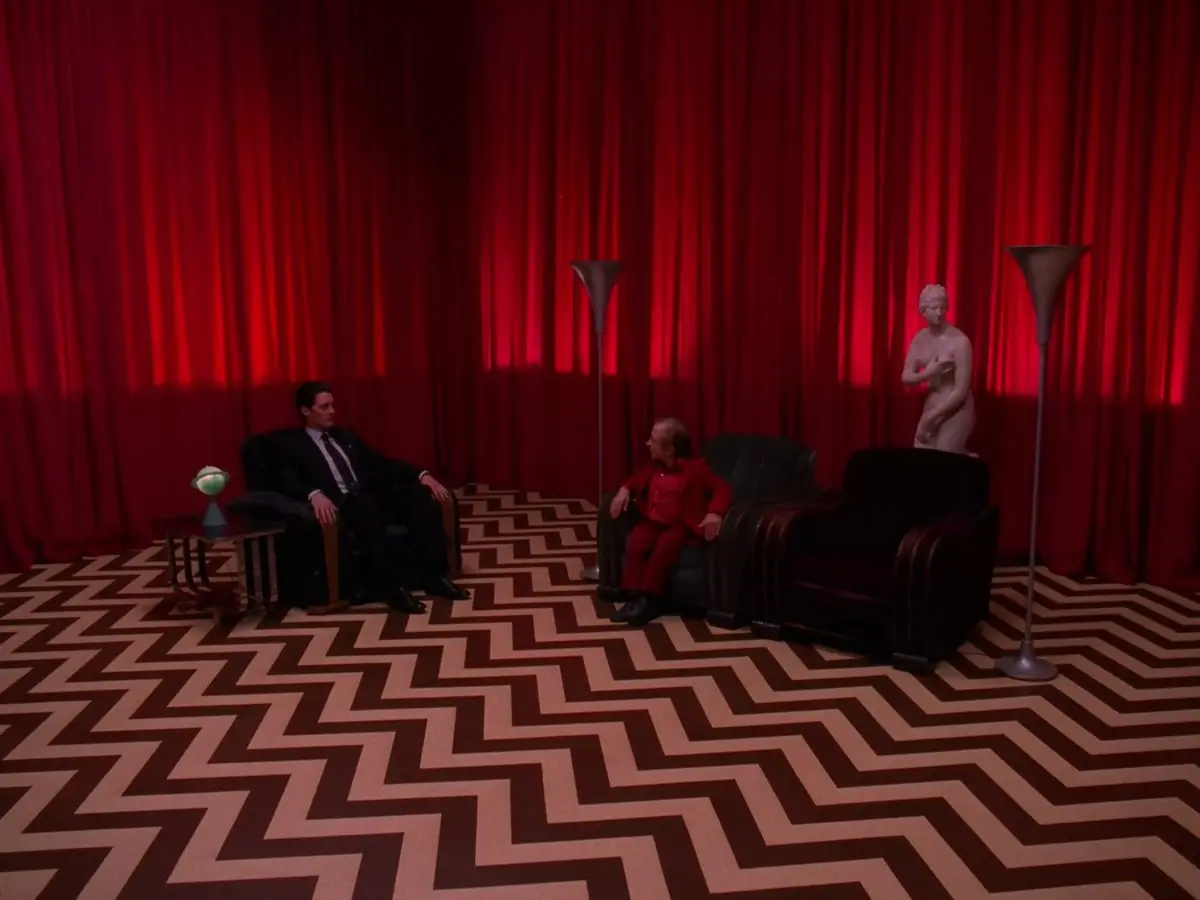
The marketing machine for Twin Peaks was already in motion long before its television premiere. The pilot was shown to influential critics, who immediately hailed it as a revolution in television.
When April 8, 1990, finally arrived—the day of its ABC debut—some magazines dedicated entire pages to Twin Peaks, a highly unusual practice for a series that had yet to be tested with an audience. Lynch himself loved the world he created with Mark Frost, but he was anxious about how it would fare on television. The director lamented the poor sound quality of home TVs, the ability to adjust screen settings (which allowed for tampering with the image), and the commercials that interrupted the show three times per episode, pulling viewers out of the series’ world. However, all his concerns proved unfounded. Twin Peaks was a huge success. After April 8, 1990, all of America was asking the question: Who killed young and innocent Laura Palmer?
Into the Night
Laura’s murder was undoubtedly the driving force behind Twin Peaks. Viewers couldn’t be thrown into the deep end too quickly, and the murder mystery served as a hook to draw them into a game where everyone tried to solve the crime on their own. However, there have been countless stories about crime and the search for a culprit, so the show’s phenomenon can’t be traced solely to this element of its structure. The question “Who killed Laura Palmer?” quickly became a slogan that brought hordes of new fans to the series, but after the initial excitement subsided, it’s clear that Lynch and Frost lured everyone in with a perfectly sharpened hook. Laura’s death was important, but it soon became apparent that it wasn’t the central focus of the story. With each episode, viewers realized that the investigation, while still present, was overshadowed by the prosaic realities of daily life. But when you see the world through David Lynch’s eyes, everything becomes strange and mysterious. Twin Peaks can be called a crime drama, a soap opera, or even a postmodernist variation blending both genres, but that’s merely a game of categorizing the show into film theory boxes. In essence, the story of the small town, surrounded by a sea of Douglas firs, is another journey beneath the lawn we first saw in Blue Velvet.

In one of the most violent scenes from Blue Velvet, the demonic Frank Booth takes Jeffrey Beaumont on what he calls a “ride.” The speeding car hurtles down a dark road toward impenetrable blackness, with Jeffrey sitting inside, witnessing Booth’s bouts of madness and fury. In the context of Twin Peaks, this scene takes on special significance because Lynch and Frost are doing the same thing to the viewers as Booth does to Beaumont. The only difference is that we ask for the ride, and the car moves more slowly, allowing us to notice more details and contemplate what lurks in the darkness yet to be explored. It’s no coincidence that Julee Cruise sings Into the Dark on the show’s soundtrack. When Laura’s battered body washes ashore in Twin Peaks, something breaks. It’s no longer possible to hide secrets or maintain the myth of small-town paradise. Night is coming, and in Lynch’s world, nighttime is when even the walls of your own home can’t protect you. Night seeps through every crack, penetrating the smallest crevices. It cannot be stopped.
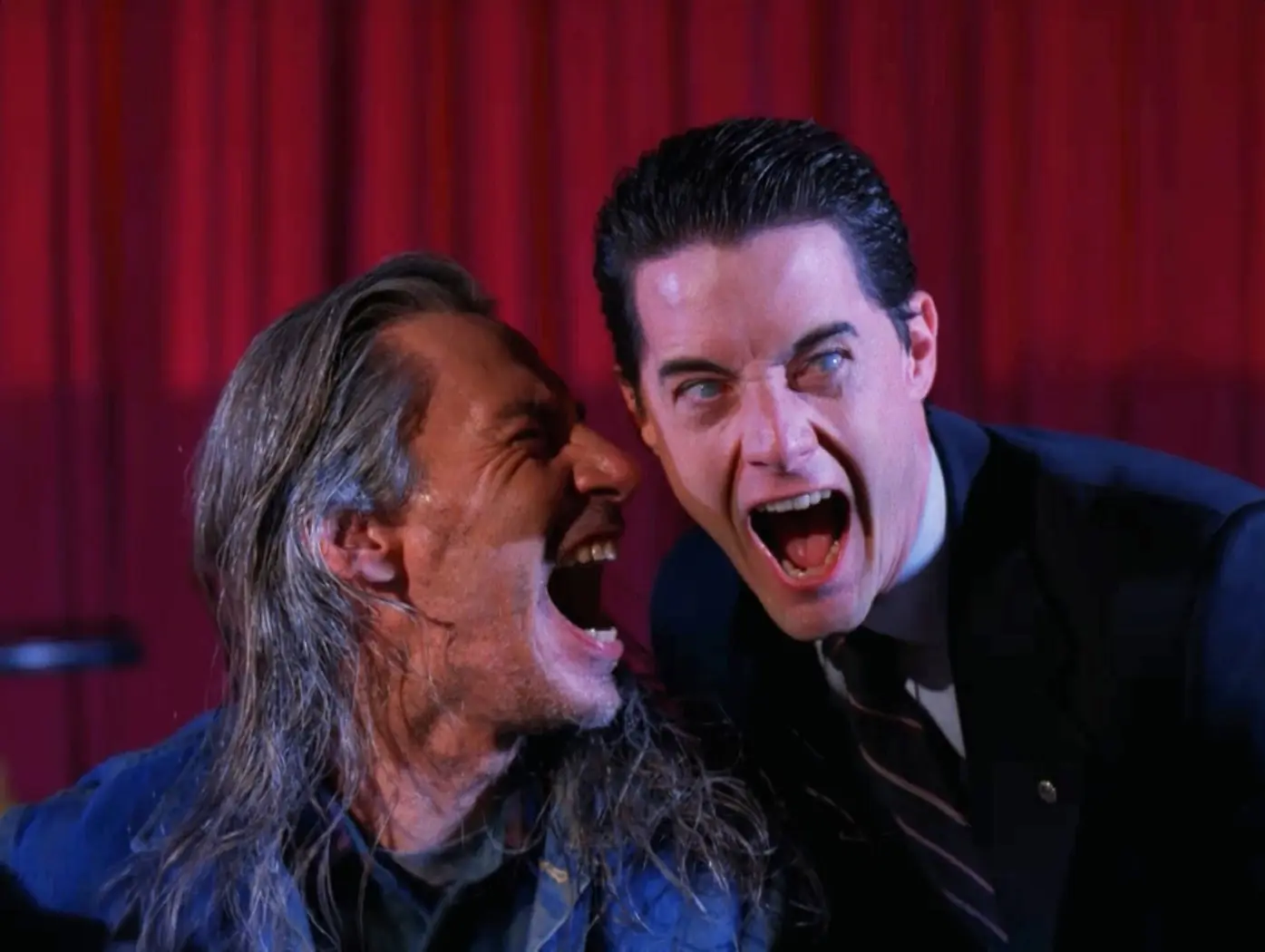
The murderous Bob is an embodiment of the obsession that drives Lynch’s entire body of work. From a young age, even before venturing into the woods with his father, Lynch sensed that something lurked among the majestic trunks of trees.
The pests that his father hunted on their countless expeditions attacked the forest from within, but without them, nothing would be the same. Lynch knew as a child that without them, the robins, symbolizing goodness and love in Blue Velvet, would most likely fly away in search of another place, leaving everyone to suffer and experience pain. In the sequence that opens every episode of Twin Peaks, a robin also appears. From the start, we should understand that the evil lurking among the Douglas firs is not left unchecked. In Lynch’s world, there is always a real counterbalance to it. Even when it gets very dark, the hope for a sudden burst of light never dies.
Although it may sound controversial, Lynch never delved too deeply into symbolism. His films appeal more to emotions and sensitivity than to intellect. For this reason, I treat all elaborate analyses of Twin Peaks with great caution. Dissecting the meaning of specific words, gestures, objects, and motifs seems to me not so much fruitless as unnecessary. Lynch has always been more concerned with the feelings and impressions that his images evoke in viewers.
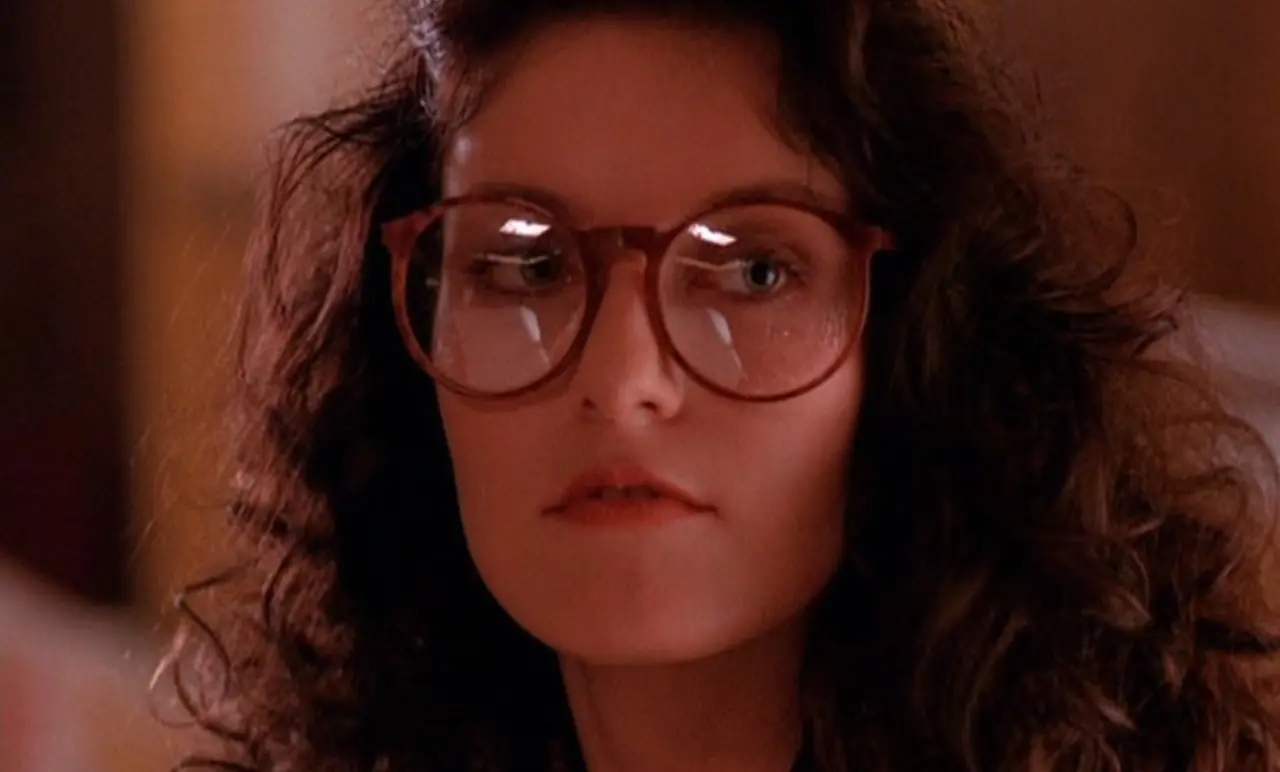
When creating the world of Twin Peaks, did Lynch know that owls were considered symbols of evil and death among many Native American tribes? Perhaps. But this information isn’t crucial to the audience’s experience. It may enrich the context and help explain the connection between the nocturnal predators and Bob, but that’s all. Even without this fact—and without many of the details mentioned here—Twin Peaks remains a fully communicative work. What matters is that, like Agent Cooper, we allow ourselves to be guided by emotions, feelings, and impressions, rather than rational analysis of the clues left by the show’s creators.
Most of us have likely experienced entering a forest at night and felt that irrational fear that comes from leaving the lit path and stepping into a space shrouded in darkness. That’s what Twin Peaks is all about. In Lynch’s world, life is an ongoing oscillation between light and darkness. Everyone enters the night at some point. Some people manage to find their way back to the light, while others, like Laura Palmer, lose their way and are consumed by the darkness forever.

